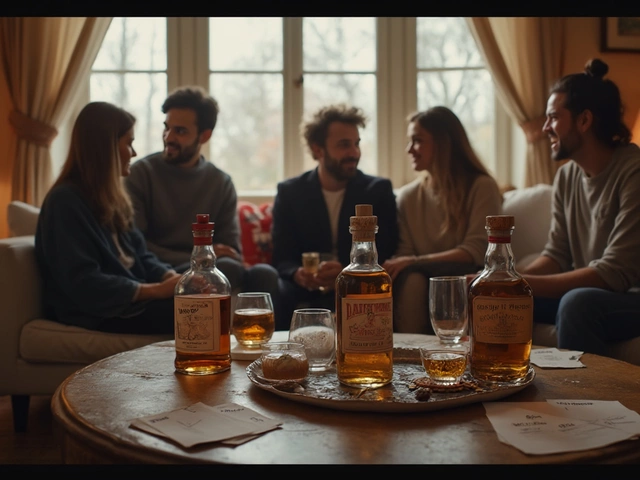Craft Distillery Basics: What Makes Small‑Batch Spirits Special
Ever wondered why a bottle of gin or whiskey tastes so different when it comes from a tiny distillery? That’s the magic of craft distilling. Unlike big‑brand producers, craft distilleries focus on quality, creativity, and local ingredients. They often experiment with odd grains, botanicals, or barrel finishes, giving you flavors you won’t find in mass‑market bottles.
Most craft distilleries start with a clear vision: make spirits that tell a story. Whether it’s a farm‑to‑glass bourbon that uses corn grown on the same property, or a gin that showcases locally foraged herbs, the goal is to create a distinct profile you can taste in every sip. Because they produce in smaller batches, they can tweak recipes on the fly and respond to feedback quickly.
How to Spot a True Craft Distillery
Not every small operation qualifies as “craft.” Look for a few tell‑tale signs. First, the distillery should own or closely manage the production process—from mash to bottling. Second, transparency matters: they’ll share sourcing details, fermentation times, and barrel choices. Third, the brand often engages with the community, offering tours, tasting rooms, or limited‑edition releases that change seasonally.
If you see terms like "artisan" or "hand‑crafted" alongside concrete information about the distillation equipment (pot stills, copper coils, etc.), you’re likely dealing with a genuine craft player. Also, check the ABV (alcohol by volume); many craft spirits sit between 40‑45% because they’re aiming for balance rather than just high proof.
Tips for Tasting and Enjoying Craft Spirits
When you’re at a tasting room, start with a small sip and let the liquid coat your palate. Notice the nose first—does the gin burst with citrus, or does the whiskey hint at oak and vanilla? Pay attention to the finish: a good craft spirit will evolve, leaving new flavors after you swallow.
Don’t be afraid to ask the distiller questions. They love to explain why they chose a particular barley variety or how a specific barrel gave a whiskey its smoky edge. Even if you’re just buying a bottle, the story behind it can make the experience richer.
Here are a few practical ideas to get the most out of craft distillery visits:
- Book a tour in advance—most places have limited slots.
- Bring a notebook or use your phone to jot down flavor notes.
- Try a food pairing. A crisp cheese can highlight the botanical notes in a gin, while dark chocolate brings out the caramel undertones in a small‑batch bourbon.
- Buy a bottle you can share with friends; many distilleries offer limited runs that disappear quickly.
If you’re new to the scene, start with a classic spirit that’s been reinvented—think a rye whiskey with a hint of local honey or a gin infused with rare lavender from a nearby farm. From there, branch out to experimental releases; those are where the real craft spirit adventure begins.
Craft distilleries are reshaping how we think about alcohol. They bring back the human touch, emphasize sustainability, and keep the art of distilling alive. Whether you’re a seasoned enthusiast or just curious, exploring these small‑batch gems will expand your palate and maybe even inspire you to support local producers. So next time you’re looking for a new bottle, skip the generic shelf and hunt for a craft distillery label—you’ll thank yourself after the first taste.
Curious why Tito's vodka always comes up in conversations about good drinks? This article cuts through the marketing and digs into what really makes Tito's different from other brands. You'll find out what goes into their bottles, why people with gluten sensitivities rave about it, and what mixing enthusiasts think. Plus, expect a few tips on how to get the best out of your next Tito's pour.
View Details

